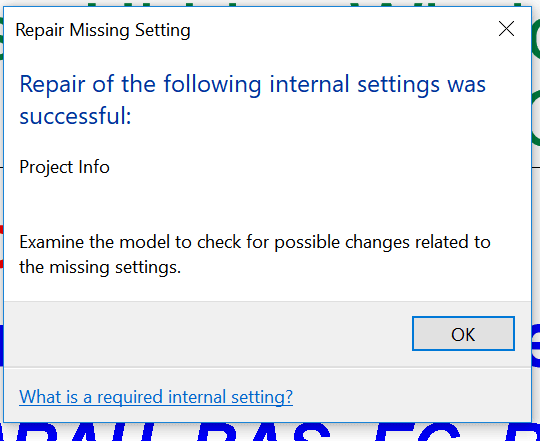

These three types will be d escribed briefly before expandin g on some of the ir finer details and how they can interact. Three types of c ontent include a project template, shared parameters and a library of typically used f amilies. T he topics covered here should grant insight to the setup process to use in conversations as client needs change and as custom company content gets refined.īefore a Revit project can be setup, company content must be in place. W e will proceed with the assumption that Revit project work is already occurring within your company, with standards and workflows defined. This is obviously a large amount of effort and time invested but it is a necessary step on the path to successful Revit projects. This is a document that would contain information about the project model, level of development, milestone dates and any BIM-specific requirements or extra data. The intention is to maintain clarity not only for the clients but for the designers/modelers as well.Ī BIM execution plan is an excellent way to communicate these expectations. īe deliberate and consistent when developing company standards, u se short yet descriptive names for any content and adjust workflows or expectations with clients when faced with limitations. Company standards will need to be setup/adopted/adapted and during this process careful consideration should be made for both internal and external expectations. There are many separate entities all relying on each other and the data that is held within them.

It will become clear after continuing through this article that Revit projects can be very complex and not only in size and scope. The collaboration and coordination t hat this enables is vital engineers and d esigners from all disciplines within the model can coordinate system design in real time. These l ocal copies are then synchronized back to the central model by the users as modelling and design work is completed. A central model is a Revit p roject file that has been saved to a central location, usually on a company network, that is accessed by multiple users simultaneously via local copies. The topics covered here are intended for creating and maintai ning MEP/FP R evit p roject models using a work – shared central model. Best practice is to always confirm the year version of the project before doing anything else. The o perating s ystem does not recognize the difference or the importance of keeping these file types in the correct year and can give undesired results. A rule to put in place with all users: Never double-click any Revit file to open it.


 0 kommentar(er)
0 kommentar(er)
